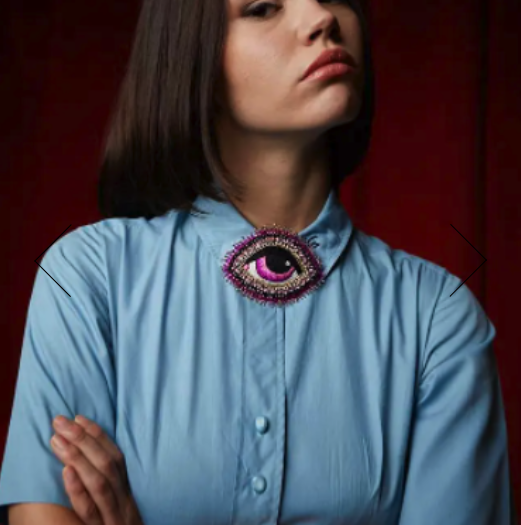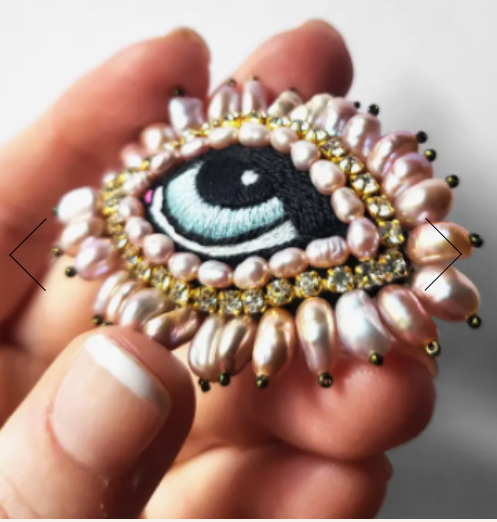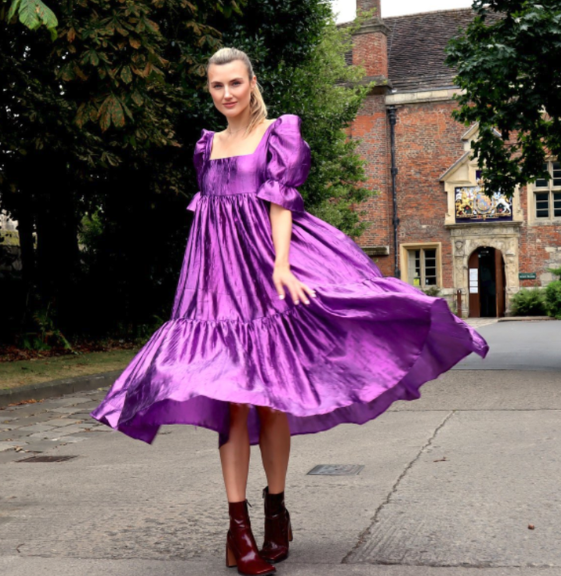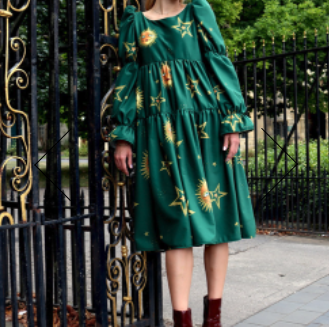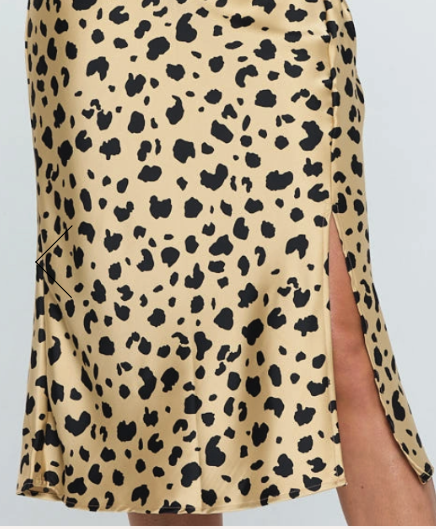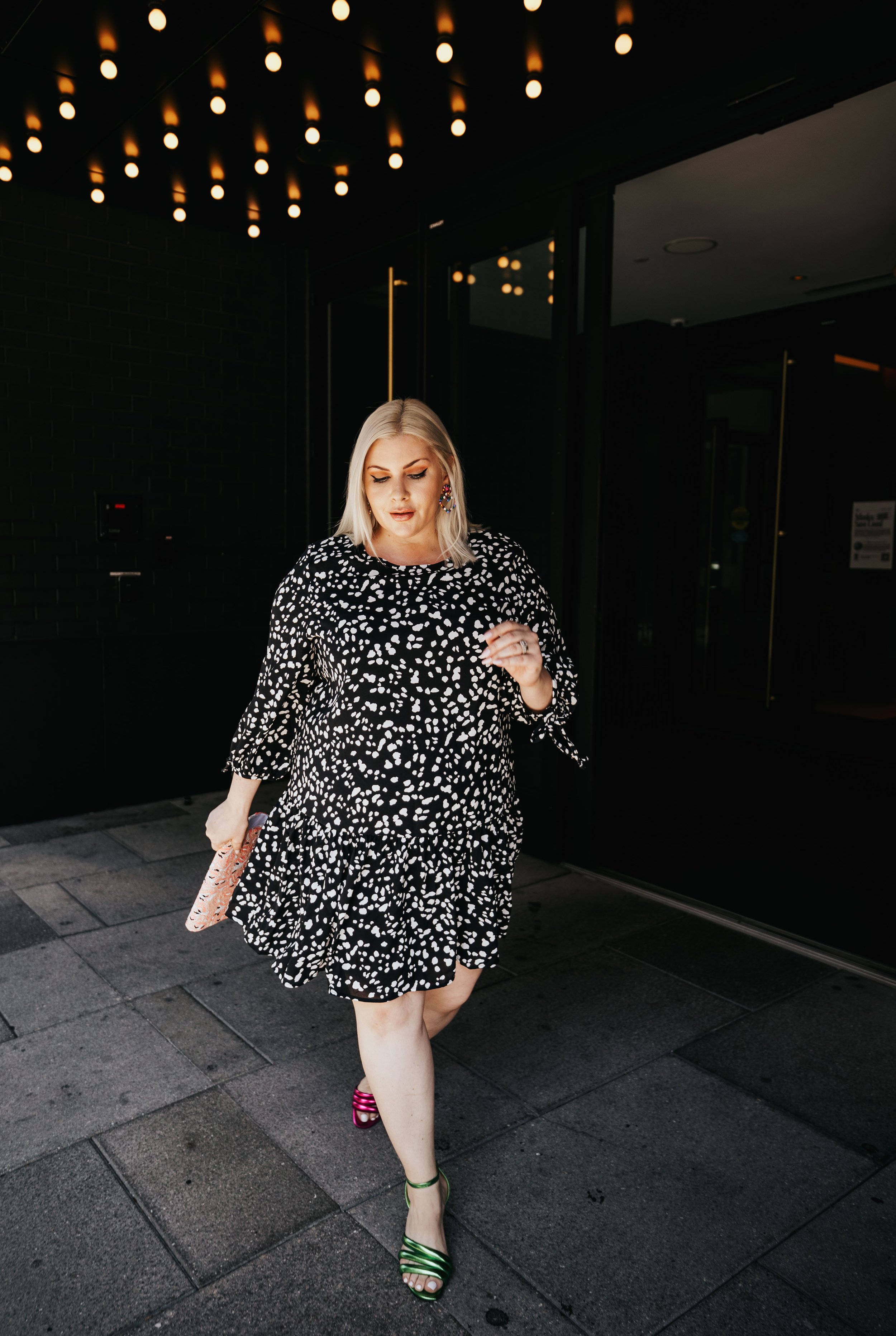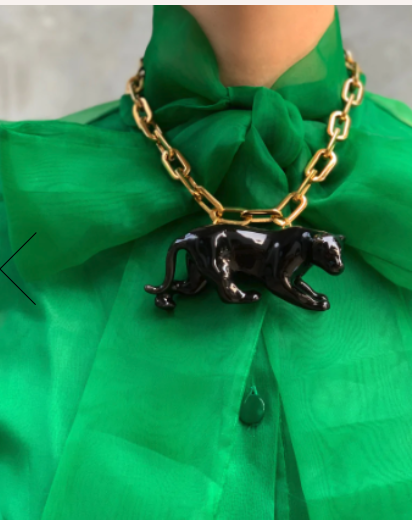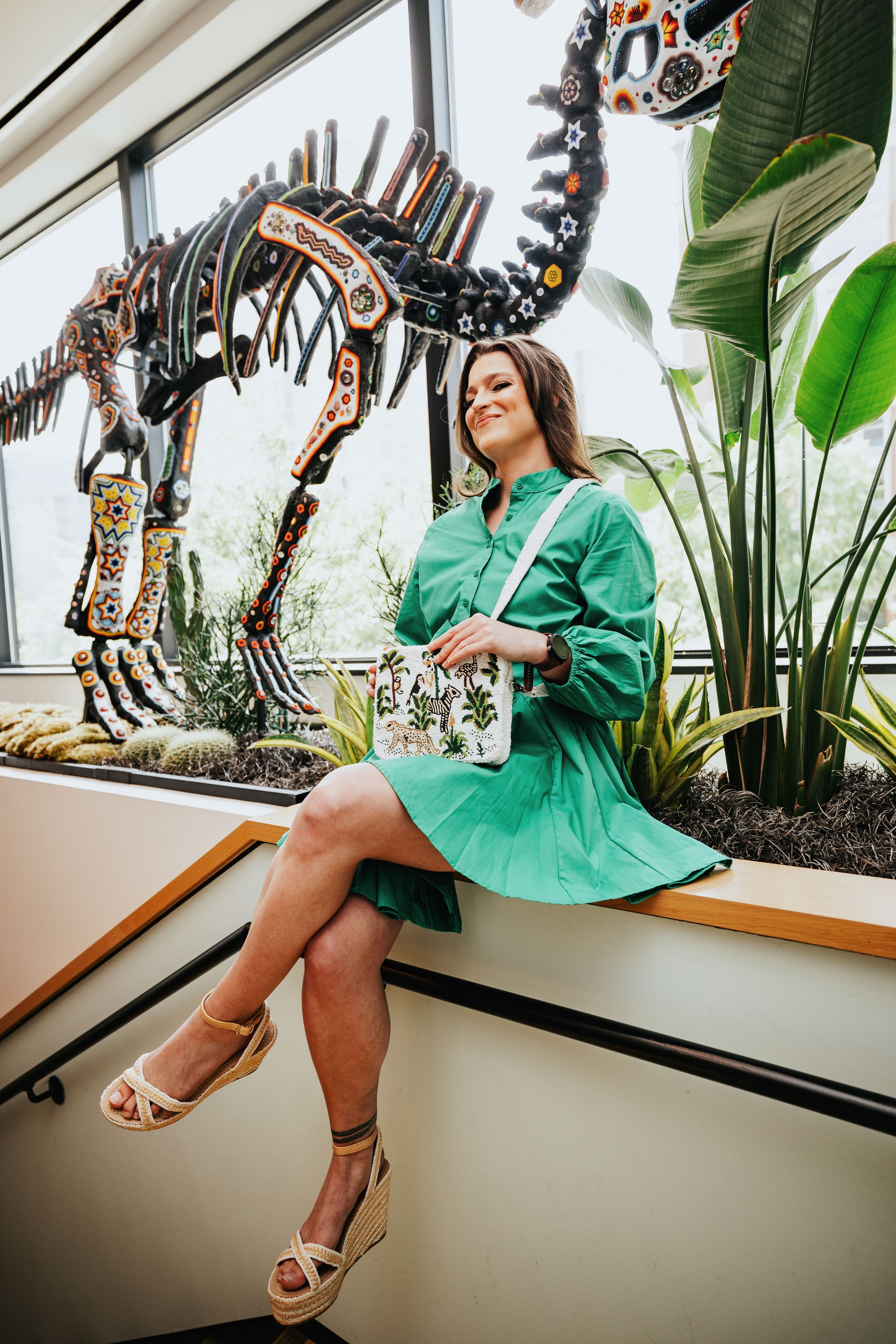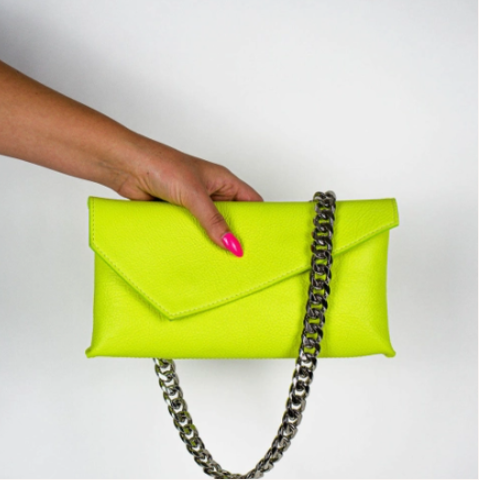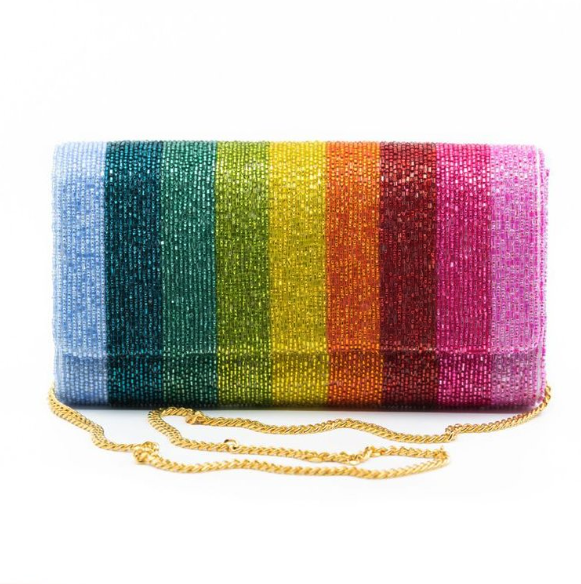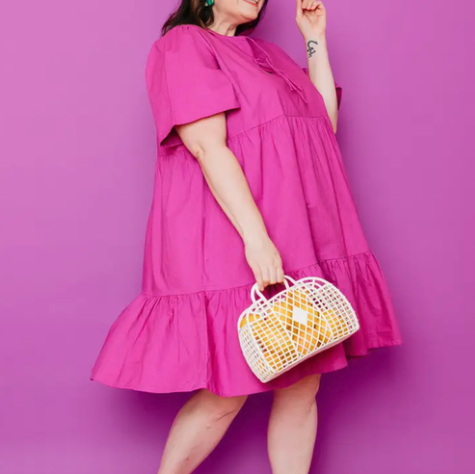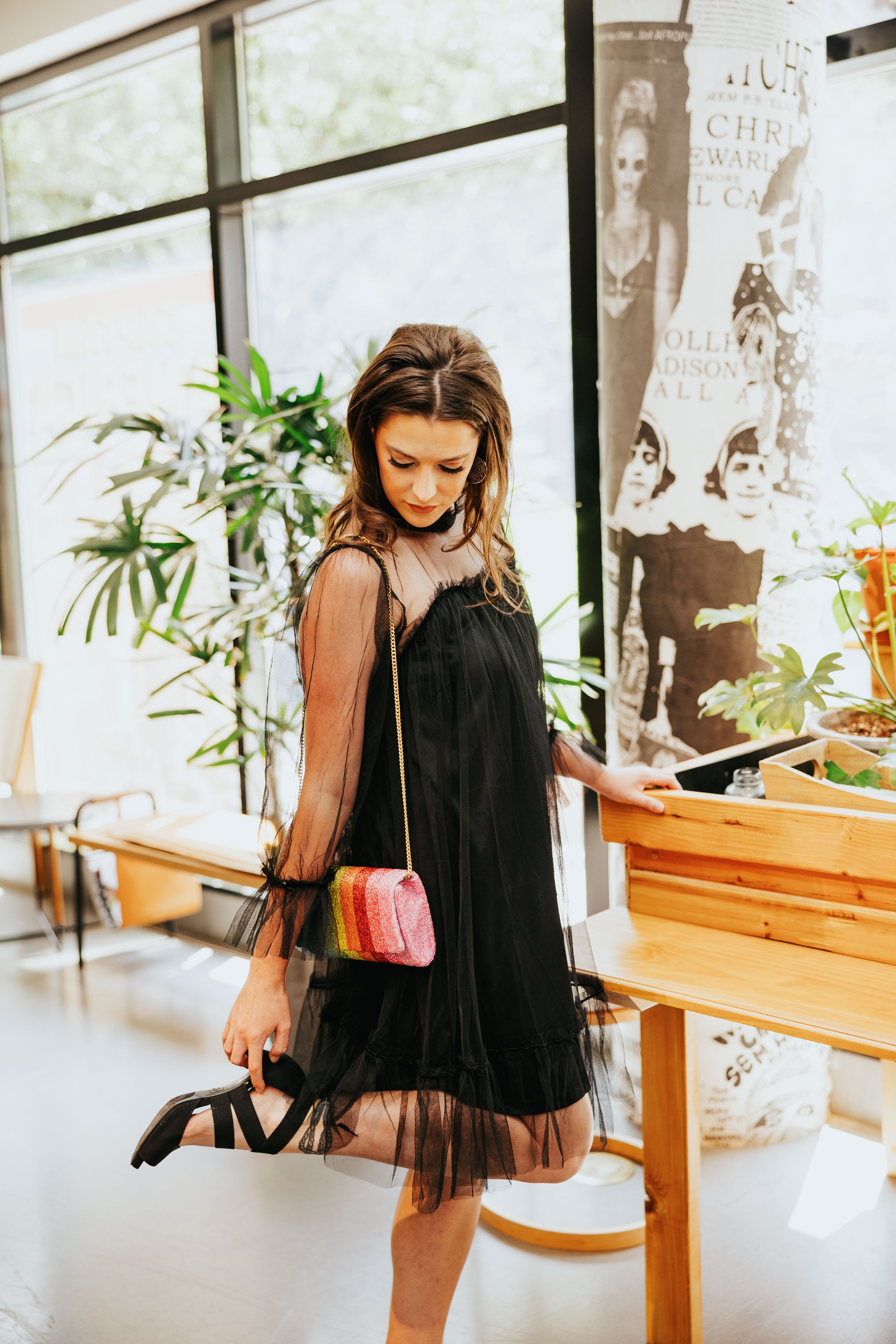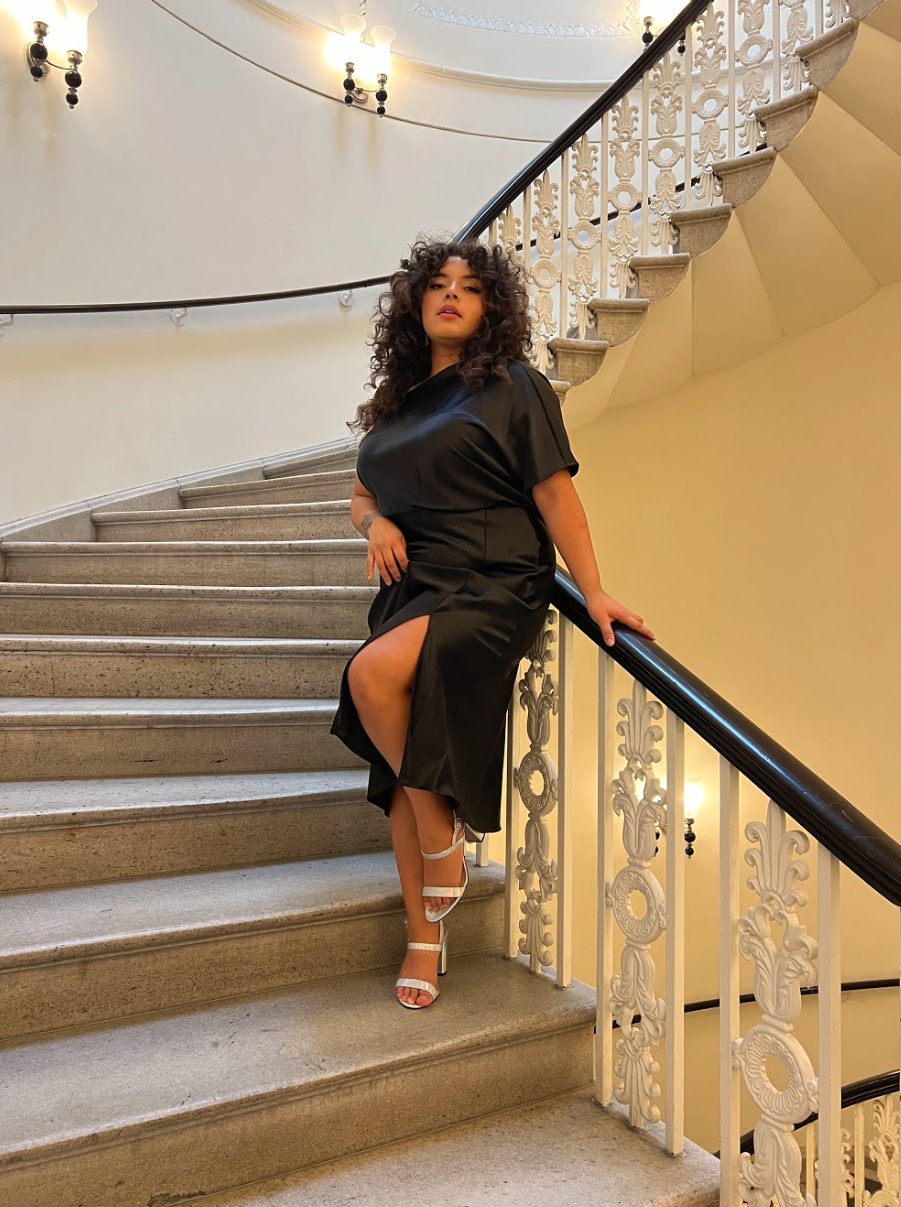An indie Clothing Brand Pioneering The Way for Size-Inclusive Style
An Indie Clothing Brand Pioneering the Way for Size-Inclusive Style
Over the years, the fashion industry has become notorious for its struggle to cater to various body shapes and sizes. Women who fit into straight sizing could confidently walk (or click) into any store and leave with something that suited them perfectly—while women whose bodies were outside the “fashion approved” sizing range could not.
Plus-sized women struggled to find on-trend, superior-quality clothing that was comfortable, fashionable, and expressed their unique sense of style while fitting them perfectly. Unable to find clothing in traditional stores, countless women were relegated to shopping at women’s specialty stores, which have earned a reputation for featuring unflattering cuts, and swaths of material that made the manufacturer’s message clear: if you don’t fit into straight-sized clothing, you don’t get to celebrate your unique body or share in the joy of fashion.
However, that’s begun to change. Models like Tess Holliday and Ashley Graham, and size-inclusive runway shows like Rihanna’s Fenty and Christian Siriano, have leveraged their considerable followings to ignite essential conversations within the fashion industry around the size-inclusive movement. But, while these A-listers are doing incredible work bringing much-needed attention to size inclusivity, they weren’t the first to pioneer the way.
Long before Fenty Beauty celebrated all shades and textures of skin or Becca McCharen-Tran’s Chromat brought plus-size fashion to New York Fashion Week, indie designers were pioneering the way forward by giving women more options than ever before, back when fast fashion retailers and luxury fashion houses had barely begun to scrape the surface of the size-inclusive revolution.
In this blog, we’ll explore the history of size-inclusive clothing and see how today’s designers (many of whom we proudly stock at Wild Gardenia Boutique) are creating indie clothing that’s luxurious, on-trend, and celebrates the varied shapes of women’s bodies in all their glory.
The Origins of Size Inclusivity in Fashion
For better or for worse, fashion and beauty standards have always been a strong reflection of a society’s culture, perception, and morals—but unfortunately, the fashion industry has often reflected the standards of a select few, not the majority. There’s nowhere this attitude is more evident than in the clothing sizes carried by traditional women’s clothing stores.
Women of all sizes have always needed something to wear. That never has, and never will, change. In the early 1900s, plus-size clothing earned the name “stout wear” and was already considered a smaller category of women’s clothing catering to fuller-figured women. Clothing designers and manufacturers realized this was a viable category of shoppers, so they started creating “stout wear” to meet the market's needs. However, their focus was simply on dressing women—certainly not impressing them with variations of the latest styles of the day.
At the time, consumer research showed that the psychology that drove fuller-figured women to shop for clothes was disgust for their own bodies, with an added dose of social anxiety. Today, this research would be considered downright offensive and archaic, but women in the 1900s lived in a much less inclusive and conscious world than we do today. Armed with this ill-informed research, manufacturers began selling “stout wear” in separate department stores, where larger women could shop away from prying eyes.
While the fashion industry has a long history to answer to regarding their treatment of women’s bodies, none has been more enduring than their quest to relegate “plus-sized” clothing to a space where shopping for it feels sordid and secretive. Just look at traditional brick-and-mortar stores, where size variations are often hidden in the back or a long-forgotten corner. Even online stores feature “plus-size” clothing in a completely separate category from their straight-sized women’s clothing.
While in recent years, the term “plus-sized” has been rebranded to represent inclusivity, the advertising and merchandising of these clothes continue to follow eerily similar trends to those in the early 1900s. As researcher Lauren Downing Peters puts it, “Being fuller is still a stigma in the West, even though body-positive discourses are increasingly common in the fashion world."
By the 1920s, a few plus-sized clothing boutiques began to spring up, first in New York City and then across the country. When the 1940s came around, America was asserting itself as a global superpower, which forced the country to consider the American identity—it was decided that the “American woman” was tall, athletic, and beautiful. Women who didn’t fit into that category were largely ignored.
Jordan Baker from The Great Gatsby embodies the aesthetic from the 1920s- slim straight bodies for women
When the 1960s rolled around, revolution was in the air. The indie movement of the time was all about embracing individuality and going against the norm, underpinned by the fight for racial equality and feminism. The fat-acceptance movement began to pick up steam although, at the time, it was geared more toward anti-discrimination than the fashion industry.
Only in the 1980s did the descriptor “plus-sized” start gaining traction in mainstream fashion, and the term started being used to describe sizes 14 and up. The fashion industry has remained mainly within this space for the past four decades. It’s only recently that activists, women, and indie clothing brands have started to question the very use of the term “plus-sized,” working to shift the paradigm away from commentary on the size of women’s bodies altogether.
Although Marilyn Monroe was not plus sized, she was a curvy woman, especially for the 1960s. She is pregnant in this photo and still a size 6!
Size-Inclusive vs. Plus-Size Clothing
If you’ve been keeping up with what’s happening in the fashion world, you probably know that the term “plus-size” is already on its way out. Instead, the industry is trending toward using the term “size-inclusive.”
Although the two terms are frequently used interchangeably, they have different meanings that represent the more significant push toward acceptance of all women’s bodies. The term “plus-size,” despite its attempts to usher in a new era of inclusivity, still “others” women of a certain size. By separating clothing into two categories, where one is the norm (straight-sized) and the other is the exception (plus-sized), fuller-figured women are automatically placed into a separate category.
Despite the seemingly positive wording of “plus-sized,” fuller-figured women still have fewer clothing options to choose from and often need to clamor for limited stock. In many cases, designers’ plus-size options aren’t created with the same design ethos as their straight-sized counterparts, and smaller sizes often aren’t made available in larger ones—ultimately negating the reason fuller-figured women fell in love with these brands in the first place.
The term “size-inclusive” represents a philosophy where indie clothing designers are affirming their commitment to designing the same collection of clothes with the same design principles, simply in a more extensive range of sizes.
What Does it Mean for a Business to be Size-Inclusive
From catwalks to advertising campaigns to social media, so-called plus-sized women have become increasingly visible in the fashion world. Major players in the fashion industry have been rushing to reinvent themselves to cater to this audience—one which isn’t necessarily growing but has always been there throughout history. They were simply ignored, up until now.
The growing inclusivity movement doesn’t only impact fashion. Gender, sexual orientation, race, origin, animal rights, and environmental protection all intersect with the size inclusivity movement, signaling the dawn of a new era where shoppers are more conscious of the indie clothing brands they support, the ethos they promote, and the methods through which their clothes are made.
The size inclusivity movement is about so much more than women being able to easily access on-trend, well-made clothes suited to their tastes. It’s a sign that women are reclaiming the terminology used to describe their bodies, and indie designers are leading the way to connect with a conscious, confident audience of empowered women who refuse to accept “good enough” clothing from the back of traditional women’s clothing stores.
At Wild Gardenia Boutique, we’re passionate about sourcing ethically-made clothing from conscious designers who celebrate inclusivity beyond what is generally seen from large brands. We believe that beautiful clothing has the power to uplift women, inspiring them to cultivate healthy relationships with their bodies, themselves, and each other.
We’re dedicated to sourcing superior-quality clothing that aligns with our brand ethos:
● Considered brands: We’re committed to sharing collections from small brands, particularly those that are women-led, handcrafted, and sustainably made. Through our partnership with these brands, we’re able to play a crucial role in connecting them to women of all shapes and sizes across the country.
● Inclusive sizing: We’re proud to work with designers who celebrate women’s bodies, whether you’re an XS or 3XL. We take great care in fostering authentic relationships with designers who share our ethos, and we’re always looking for new ways to become more inclusive.
● Flattering cuts: We don’t subscribe to the notion that larger clothing should be longer or more modest. Rather, we believe that all women, no matter their size, should be able to wear everything from crop tops to short indie dresses with confidence and ease.
● Bold patterns: We love prints and patterns, but never the gaudy kind you’d usually find at the back of womenswear retail stores. At Wild Gardenia Boutique, we say every woman can wear horizontal stripes, bright polka dots, 60s patterns, and anything she wants.
● Luxe materials: For too long, plus-sized women were told to avoid certain materials. If they were “brave” enough to wear them anyway, they were then told to wear uncomfortable, restrictive shapewear underneath. Not anymore! Whether you want to drape yourself in luxe velvet or saunter around in slinky satin, we’ve got you covered.
Unleash Your Style with Size-Inclusive Clothing
Although the size-inclusive fashion revolution has arrived, it can still be difficult for women to find online stores that offer a wide range of straight-sized and plus-sized clothing that’s on-trend, glamorous, and ethically sourced. That’s why Wild Gardenia Boutique was created.
One of the most inspiring effects of the size-inclusive style revolution is the ability for fuller-figured women to share in the joy of fashion. They’re no longer forced to choose between clothing their mother would wear versus clothing their aunt would wear—now they can take part in trends, dressing like an indie girl one day, a Cottagecore darling the next, and a Glamazon after that. There are more limits to fuller-figured women’s style!
We stock mindfully-made clothing from indie designers passionate about creating apparel made for women of all sizes. Here are some of this season’s hottest trends, and some of the key pieces from our latest collection that will help you step out in ultimate style.
Bring Back the Psychedelic 60s
After a period where people around the world were relegated to their homes, it’s no surprise that everyone wants to live their lives with a little more optimism and excitement. Inspired by the iconic Summer of Love, vivid colors, repeating patterns, and psychedelic prints are back in a big way.
Even those who weren’t around in the 1960s will instantly recognize the iconic prints and patterns of the era. At the time, they represented a rejection of mainstream values, bringing a playful rebellion into the world of fashion. From clothing to accessories to upholstery, it was impossible to get away from the big, bold shapes and brightly saturated colors of the 1960s.
Today, the prints and patterns are a little more mature and refined. Instead of all-out flower power, they retain an elegance that makes a 60s-inspired palette perfect for everything from Sunday brunches to evening cocktails.
Our Styling Tips: Nothing says “swinging 60s” like a blowout! Find the hair rollers hidden in the back of your cupboard to create a va-va-voom indie hairstyle that takes this look to the next level. For a more subtle 60s style, our indie hair accessories have you covered. Casually wrap a printedwil scarf around your neck or hair to dress up an everyday outfit, or use an eye-catching broach to bring subtle psychedelia to a simple sweater.
Go Bold with a Metallic Palette
Just like 60s prints represent a renewed sense of joie de vivre after a difficult couple of years, so does the massive trend of eye-catching sequins, metallics, and glittering fabrics. The lack of in-person soirees prevented many of us from bringing out our best and boldest outfits, but they’re back in fashion with a vengeance.
The Y2K revival trend has been going strong for the better part of the last two years and shows no signs of slowing down. This season’s metallic moments channel disco ball bling in a variety of colors, from bright silver to bronze gold to the all-out purples and jewel-toned greens of our Regal Dress and Emerald Dress.
If sparkling from head to toe is a little much for you, you can serve subtle hints of shine with our classic Retro sweater with a twist or our luxuriously draped Emerald Velvet Dress that features celestial glitter and metallic appliqués.
Our Styling Tips: Nothing goes better with liquid metallic shine than more shine! Our razor-thin hoops are perfect for taking a sparkling outfit to the next level, or adding a touch of glamour to a relaxed fit. Created by the woman- and Latinx-owned brand, Nanda Jewelry, these are a bold new take on the classic hoop earring.
Bring Out Your Fierce Side
As we all know, trends come and go. Then they come and go again. But none have remained in the public eye year after year like animal print. Over the past fifty years, this iconic print has come into style in every incarnation imaginable—from classy to sexy to gaudy to grandmother-chic and back around again.
This season, animal print is back with a more lowkey spin. Pairing bold prints with classic silhouettes has made the once-risqué style feel more grown-up, elegant, and modern. Our indie cheetah skirt by Renee C. perfectly balances print and cut, with a cheeky slit that shows off just the right amount of leg. If cheetah print is too wild for you, our Dalmation Dress brings an understated pop of print to a silhouette perfect for warm, sunny days.
No matter how you feel about animal print, its impact on fashion (both past and present) is undeniable. We welcome this print unapologetically clawing its way back into our closets!
Our Styling Tips: Simply put, there’s no wrong way to style animal print. If you want to let your print speak for itself, pair it with understated indie accessories like our super-comfortable cane and leather slides. If you want to go wild, dress it up with our hand-painted Cabana earrings for an extra hint of print, or make a show-stopping statement with our Panther necklace.
Say Hello to Brighter Days
Drab grays, harsh blacks, and moody neutrals are out, and vivid hues are in! One of the season's biggest trends is bold, attention-grabbing blocks of color—the brighter, the better. These mood-boosting tones have been making waves on the runways, and there’s no time like the present to add a pop of fabulous fuschia or glint of neon green to your wardrobe.
Our Tori Belted Dress is the perfect not-too-bright shade of green for those who want to get in on the trend, but don’t want to go too bold. However, if that’s not a concern and you’re ready to light up the runway, our size-inclusive Pinkie No Brainer Dress by the ethical brand, Mata Traders, is perfect for those days when you want to rock the latest Barbiecore trend in ultimate comfort and ease.
Our Styling Tips: Color blocking has been taking runways from Paris to New York by storm, so we recommend pairing your bold palette with more bright colors. One of our favorite indie accessories is the retro-infused Electric Lime Bag, perfect for pairing with an equally vivid hue or adding a splash of color to a neutral outfit. Our Rainbow Bright Bag celebrates all the colors of the rainbow with an Indian handcrafting technique that expertly applies colorful beads, crystals, and pearls. You can’t get brighter than this!
Bring a Modern Twist to a Classic LBD
The little black dress is any fashionista’s style staple, and with good reason. First designed by Coco Chanel in the 1920s, it was the first piece of truly democratic fashion. Of course, not every woman could afford to wear Chanel—but every woman could find a short, sophisticated LBD that elevated her style and fit into her budget.
The enduring dress even made a statement through the grungy 90s, where the indie clothing style of the day was to pair it with a scuffed-up Doc Martens and a flannel shirt. Today, LBDs come in all shapes, sizes, and styles. You simply can’t go wrong with a little black dress, and now they’re more inclusive than ever.
Our luxuriously slinky Satin Dress by Renee C. features a polyester-spandex blend that gives you stretch in all the right places, while our Tulle Theater Dress brings you a touch of 1920s glamour with a boldly modern twist. For those who want a frock that feels like it arrived straight from the streets of Paris, our Dotted Tulle Dress from Choklate Paris offers intricate dotted detailing and a flattering A-line cut crafted to make every woman feel like a French movie star.
Looking for more indie clothing and accessories in a range of inclusive sizes? From indie dresses to handcrafted earrings, scarves, and indie hair accessories, Wild Gardenia Boutique sources conscious clothing brands from indie designers who truly celebrate all women’s bodies. Our mindfully-made collection of indie clothing is selected to give you the boost of confidence you need, no matter what size or shape you are.
Visit our online store to shop the latest in on-trend and size-inclusive indie clothing.





